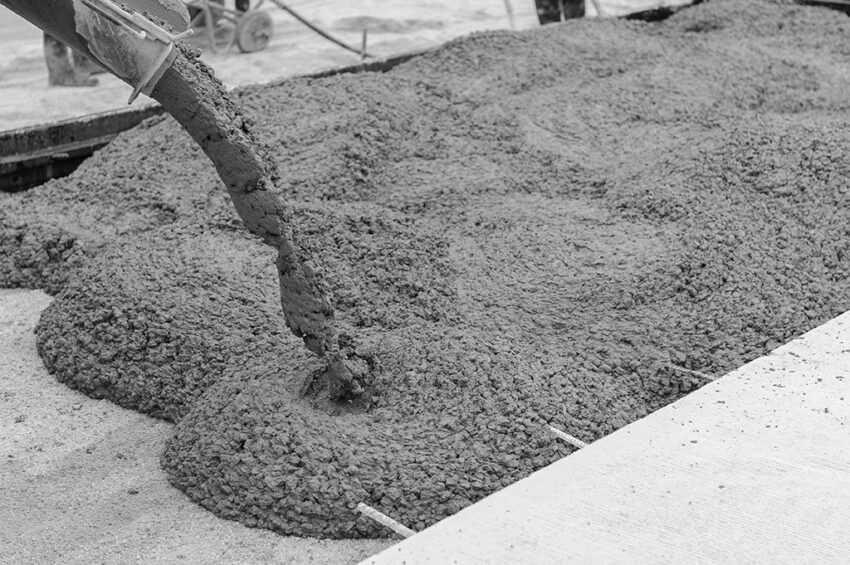Concrete is an extremely robust material that forms an excellent foundation for homes and commercial buildings, but its integrity can become vulnerable due to weather and time.
Construction errors can result in honeycombing, crazing and cracking. Employing an experienced contractor and following best practices will help minimize these construction errors from occurring.
Discoloration
Discoloration in concrete is a cosmetic issue that can diminish its visual appeal, often manifesting itself in dark blotches on flatwork concrete surfaces or different placements within one project or simply graying or yellowing of finished pieces. Multiple factors contribute to its discoloration; including calcium chloride admixtures that accelerate setting times as well as finishing/curing techniques using metal blades on power trowels for curing concrete finishes. Here are some common Concreting Melbourne issues and their solutions so you can prevent future projects.
Expert concrete contractors understand the factors that cause discoloration of concrete, and will adjust accordingly to ensure it looks uniform when dry. Light blotches of discolored concrete may be corrected by flushing and brushing with water to reduce variations in moisture content or using commercial sodium bisulfate cleaners for more severe cases; for severe discolorations it is wise to seek expert advice first as improper usage could damage its surface.
Cracking
Concrete cracking is one of the most frequently occurring concrete issues. This issue can arise for various reasons, including poor construction techniques, soil settlement issues, temperature changes and water damage. Cracked surfaces also indicate drainage problems or reinforcement steel that needs repair; furthermore, cracks allow moisture into homes or businesses which could lead to mold and mildew issues.
Concrete mixing issues such as segregation and excessive bleeding can render concrete porous, weak and vulnerable to cracking. Meanwhile, too-rapid evaporation of water during curing may cause drying shrinkage that leads to cracking in some cases.
Surface cracks in concrete often reveal white, crystallized substances known as efflorescence. They occur when water seeps through hairline or thin cracks and deposits minerals from soil or fill. While efflorescence typically is not considered structurally hazardous, its development should be monitored closely in order to prevent further worsening. Sinking may occur as a result of poor construction practices or soil settlement – an issue which concrete lifting can easily address by raising up affected concrete levels to restore levels.
Shrinkage
Concrete shrinkage is the natural process of moisture loss from concrete, often caused by factors like evaporation, exposure to heat or sun exposure and improper curing. As this moisture loss takes place, tension builds in the material until its strength exceeds that of its tensile strength and plastic cracks begin to form in its structure.
To reduce drying shrinkage, high-performance cements with low water-to-cementitious ratio are key. Furthermore, adding gypsum into the mix may help lower surface tension of pore fluid and enhance hydration efficiency of concrete.
To avoid plastic shrinkage, concrete should be poured onto a flat, smooth surface without gradients and allowed to cure in a warm and moist environment. Bleed water may also be mixed into the mix on-site to equalize water content – this practice may also help decrease drying shrinkage but must be handled carefully.
Strength
Concrete is an extremely strong and flexible building material, suitable for use in various projects across a range of construction fields. Unfortunately, though, even this global favorite may become subject to some common issues over time.
Ideal concrete mix should produce high strength with a low water-to-cement ratio, yet getting this right requires taking careful consideration during mixing. Any deviation can change the final strength; for instance, using less aggregate than planned will weaken it further.
Concrete can be damaged by various external forces, including weather and subpar construction processes. If your concrete has been compromised due to any of these circumstances, reinforcing with high-strength materials such as steel may help restore its strength and durability.

